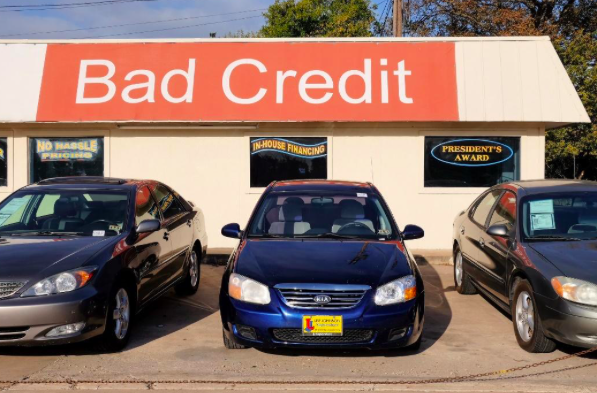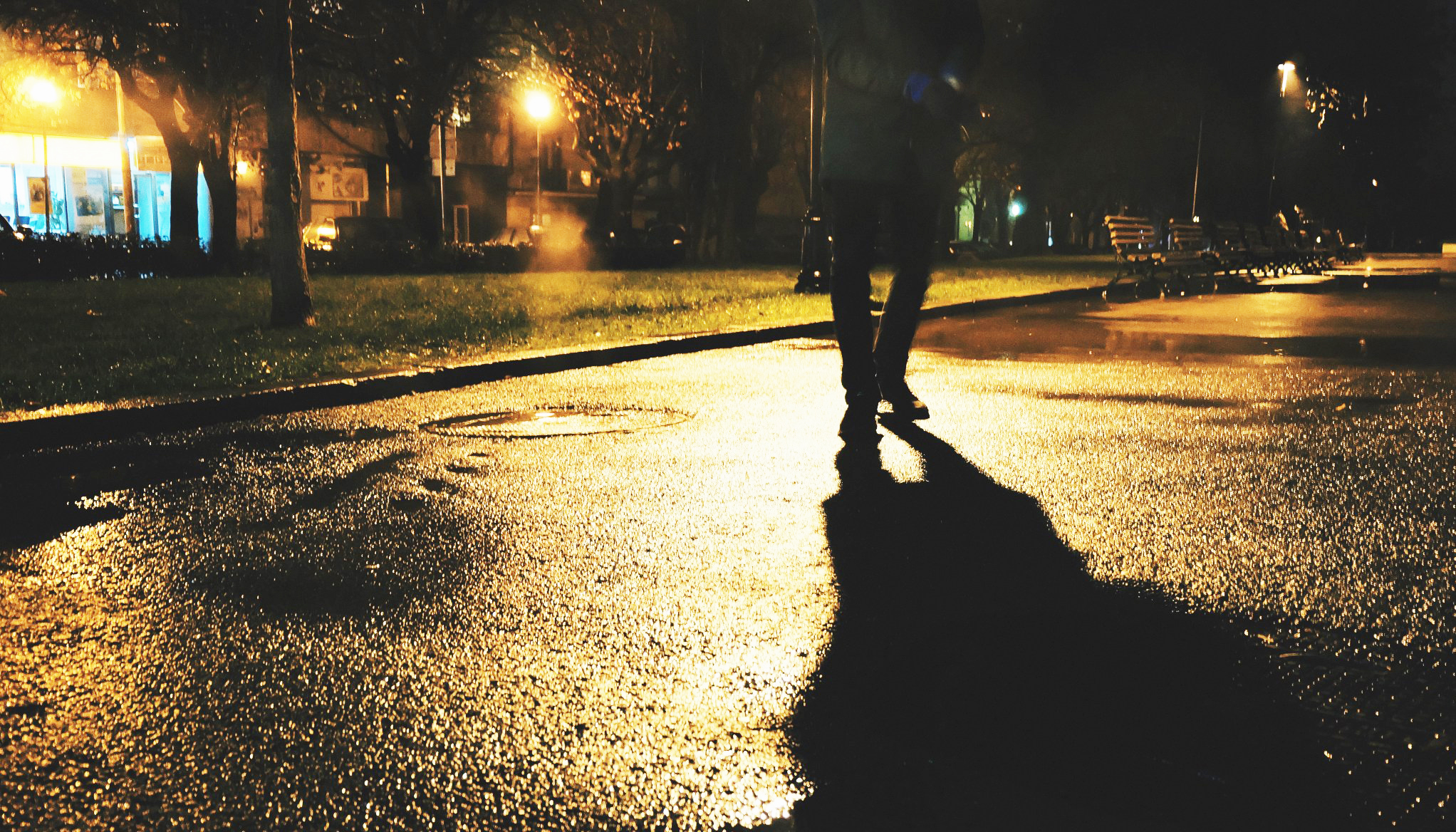Cross-posted from the Frontier Group.
In Southern California, traffic is the centerpiece of daily life. According to my friend in Los Angeles, her 14-mile commute takes up to three hours of her day; to get to her work by 9 AM, she leaves by 7:30. I live in Santa Barbara, a much smaller town with far fewer cars, but even our local NPR station has a commercial pitching their classical music hour that’s “here for you, no matter the traffic.”
Despite the deep connection between cars and the Southern California coast, the region has built more than 530 miles of new commuter rail along with 100 miles of light and heavy rail transit in the last 25 years. Even so, transit ridership has been falling in Southern California, according to a new report by researchers from the University of California at Los Angeles (UCLA).
The primary reason is straightforward enough: more people are getting cars. In 2016, America added more than 5 million vehicles to the roads, nearly 800,000 of which were in California, according to data from the Federal Highway Administration.
Why has car ownership been increasing so quickly? There are many reasons, but the UCLA study mentions one that has often escaped attention: the torrent of cheap and easy credit that has washed over car showrooms and used car lots in the years since the end of the Great Recession.
It can be hard to remember now, but in the immediate wake of the Great Recession, the nation took several steps to get people back into showrooms again – steps that in the clarity of hindsight wound up reinforcing our dependence on cars. The 2009 Cash for Clunkers program incentivized customers to trade in their old cars in the hope that they would buy new ones. The Federal Reserve lowered interest rates to bargain-basement levels and through the magic of quantitative easing flooded the economy with money.
Eventually, Wall Street and lenders began to realize something: the auto loans they had issued prior to the recession were actually holding up reasonably well. As described in a May 2017 story in the Financial Times, “Consumers tended to default on their house first, credit card second and car third.”
And so, investors looking for returns began pouring money into auto loans. Lenders and auto dealers began to find new and exotic ways to “make the math work” for the people coming into their showrooms. Lenders increased no-down-payment promises and started to issue longer-term loans that translated into smaller monthly payments, making owning a car (or buying a more expensive car) seem feasible to more Americans. Some went even further: making loans that borrowers could never repay, or even issuing loans to consumers who claim to have never signed on the dotted line.
Increased employment, falling gas prices and rising incomes also played roles in drawing people into dealerships. But a major reason that consumers bought cars was because borrowing was easy. In a 2014 report, the Federal Reserve found that a consumer’s perception of credit market conditions had as strong an effect on the decision of when to buy a car as those very basic factors like unemployment and income.
And so borrow we did. Currently, outstanding auto debt in the U.S. sits at $1.2 trillion – an all-time record. Auto debt now accounts for 9.4 percent of all household debt, its highest share in at least 14 years.
Many have compared the recent free-for-all in the subprime auto market to the housing market right before the 2007 collapse of the housing bubble. But few have talked – until now – about the effect this influx of cheap money has had on Americans’ transportation choices.
The new UCLA study looks at a number of potential reasons transit ridership in Southern California has been on a steady decline, concluding that “vehicle access is the decisive factor in transit use” and that for the last 20 years, Southern Californians’ “ability to access and use motor vehicles … has increased.”
This has been happening, according to the study, in spite of stagnant wages for low and middle-income earners. “Even at constant incomes,” the researchers conclude, “households can acquire more vehicles if the effective price of those vehicles falls. The effective price reflects not the sticker price,” but what it will actually cost a “consumer to drive the vehicle home.” In short, “vehicles can become more affordable not just if their price declines, but also if financing that price becomes easier.” (emphasis added) And ever since 2008, “unlike home lending, which tightened considerably after the crash, automobile lending has remained relatively loose.”
One could say that those in Southern California who now have access to cars (or have better or more reliable cars) have benefited. And they have – for now, at least. But the credit-fueled car-buying frenzy of the last few years is going to come with a big hangover, one that is just starting to kick in.
Many of the loans issued in recent years have been to subprime borrowers – those with presumably the least ability to repay. Between 2010 and 2015, subprime auto loan originations have grown by 140 percent, according to the UCLA study. Moreover, lenders have increasingly been willing to offer loans valued at more than the cars are worth. In 2017, nearly a third of all cars traded in had outstanding loan balances that eclipsed the value of the car itself, averaging a decade-high $5,130 per car.
As the amount of debt has climbed, subprime lenders have increasingly employed tactics such as GPS tracking devices and ignition kill switches to collect auto loan debts – as many as 70 percent of vehicles purchased with subprime financing have one of these gizmos installed. Vehicle repossession rates have steadily climbed since 2012.
Even those subprime borrowers who are able to keep their cars will have to absorb the costs of keeping them running. Between gas, insurance and maintenance, having a car costs an average of $8,470 annually. We spend over an hour of our work day, every day, earning the money to pay those costs, and even then one in three of us couldn’t pay an unexpected car repair bill without going into debt for it.
The crisis of the Great Recession, and America’s recovery from it, could have been a moment when we considered whether there was a better way to meet people’s transportation needs – to provide more Americans with access to jobs, education, culture and fun without incurring the cost and risk of owning a personal car. The resources we squandered in the auto buying binge of the last few years are resources we easily could have invested instead in creating a more balanced transportation system with more options and stronger communities for everyone – a system that would have paid off dividends in cleaner air, better health and happier lives. Instead, we’ve enticed millions of Americans to become dependent on cars they can’t afford and that will sit as depreciating assets on their household balance sheets for years to come.
Southern California, to its credit, has begun – after generations – to take steps toward expanding the range of transportation options available to residents. Its massive financial commitment to new transit lines, voted for by residents, is testament to that.
But even LA is not moving nearly quickly enough to make up for lost time. My Angeleno friend tried to find a place to live along LA’s metro lines a few months ago; competition for housing within walking distance of a metro stop was high, and after a few months of trying to look for those apartments after her three-hour commute, she gave up.
There are a lot of days when it feels like car dependence is how things have to be because it’s how they’ve always been. But it is important to remember: we built this system ourselves, and we did it within my parents’ lifetime. It is not too late to decide we want a different world: one with fewer highways cutting through our neighborhoods; one without tailpipe exhaust and the 200+ days you should avoid going outside because the air pollution is so bad; one without 40,000 traffic deaths a year, three-hour commutes and crippling debt just to own this thing it turns out we may all be better off without.
If we invented car dependence (and we did), we can absolutely invent a way out, too. We can do better.






